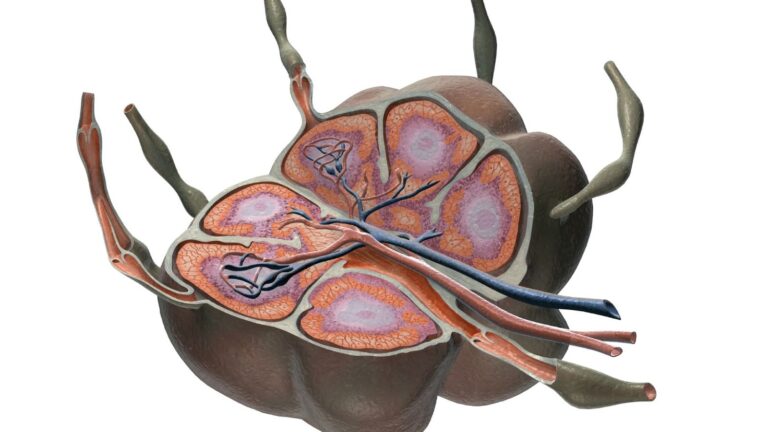The Major Types of Tectonic Plates
Label the Image With the Features of Tectonic Plates.
Labeling the image with the features of tectonic plates provides a visual representation of the intricate geological processes that shape our planet’s surface. Understanding these features is crucial for comprehending the dynamic nature of Earth’s crust and how it influences phenomena like earthquakes and volcanic eruptions.
By identifying and annotating key elements such as divergent boundaries, convergent boundaries, transform boundaries, subduction zones, and fault lines on an image depicting tectonic plates, we gain valuable insights into the movements and interactions between these massive rock formations. This labeling exercise enables us to visually grasp the complexity of plate tectonics and appreciate their impact on global geology.
The labeled image not only serves as an educational tool but also aids in scientific research and analysis. It allows researchers to identify specific features or patterns associated with tectonic activity within a particular region or along plate boundaries. Consequently, this contributes to a deeper understanding of Earth’s ever-evolving structure and fosters advancements in fields such as seismology, volcanology, and geophysics.
In summary, labeling an image with the features of tectonic plates offers a comprehensive visualization of their characteristics and behavior. It enhances our knowledge about Earth’s geologic processes while facilitating further exploration into the fascinating realm of plate tectonics.
What are Tectonic Plates?
Definition of Tectonic Plates
Tectonic plates are large, rigid pieces of the Earth’s lithosphere that fit together like a jigsaw puzzle. These plates, which make up the Earth’s outer shell, float on the semi-fluid asthenosphere beneath them. The movement and interaction of tectonic plates play a crucial role in shaping our planet’s surface and influencing natural phenomena such as earthquakes, volcanic activity, and the formation of mountain ranges.
The theory of plate tectonics explains how these massive slabs of rock move and interact with each other. According to this theory, the Earth’s lithosphere is divided into several major plates and numerous smaller ones. These plates are constantly shifting due to the convective currents occurring within the underlying mantle. There are three main types of plate boundaries: convergent boundaries where plates collide, divergent boundaries where they move apart, and transform boundaries where they slide past each other.
Types of Tectonic Plates
While there is no fixed number or size for tectonic plates, scientists have identified seven major plates that encompass most of the Earth’s landmasses and oceans. These include:
- North American Plate: This plate contains North America as well as parts of Greenland and Siberia.
- South American Plate: Encompassing South America and portions of the Atlantic Ocean floor.
- Eurasian Plate: Covering Europe (excluding Iceland), Russia, Asia Minor (Turkey), Iran, parts of Central Asia.
- African Plate: Encompassing Africa south of the Sahara Desert.
- Pacific Plate: Stretching across the Pacific Ocean basin from California to Japan.
- Indo-Australian Plate: Combining India, Australia, New Guinea along with parts of Indonesia.
- Antarctic Plate: Comprising Antarctica.
These major plates may also interact with smaller microplates, such as the Arabian Plate, Caribbean Plate, and Nazca Plate. The boundaries between plates are characterized by various geological features like mountain ranges, trenches, volcanic arcs, and rift valleys.
Understanding the nature and behavior of tectonic plates is crucial for studying Earth’s geology and predicting natural hazards. By analyzing plate movements and the associated phenomena they generate, scientists can gain valuable insights into our planet’s dynamic processes.
In conclusion, tectonic plates are fundamental components of the Earth’s lithosphere that move in response to convective currents in the underlying mantle. Their interaction at plate boundaries gives rise to a range of geological features and natural events. By exploring these complex mechanisms further, we can deepen our understanding of Earth’s ever-evolving structure.


